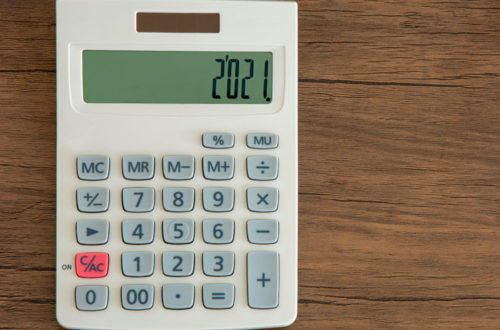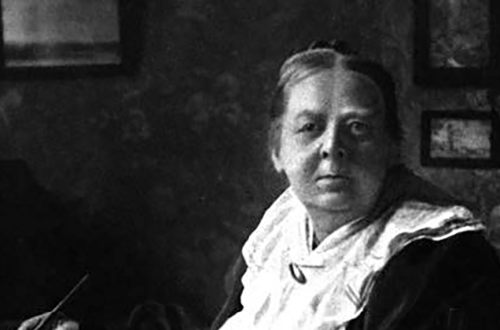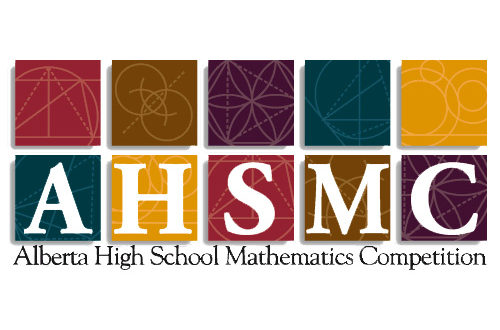Journal of the Mathematics Council of the Alberta Teachers’ Association
Volume 36 Issue 2, June 1999
What is mathematics? I suspect that if Pontius Pilot were alive today, he would not stay around for an answer. However, r would like to take this opportunity to play with the question a bit.
My first thought is that a multifaceted answer is called for. Mathematics is many things to many people, which gives rise to my second thought: mathematics, at least as most of us know it, is fundamentally a human enterprise. As such, it is also a cultural enterprise. All known human civilizations have had mathematics as part of their heritage. It is as pervasive as language. A nice third thought: mathematics is a language, one that has a higher degree of universality than other languages around the globe.
It is tempting to say that mathematics is a set of problems, but I do not like that. The word problems has a mildly negative connotation. I prefer saying that mathematics is a set of questions, which has the additional advantage of implying that someone must ask the questions.
Let’s come full circle for a moment. What is mathematics? I wonder what answers a Grade 3 class would give? A Grade 10 class? I wonder what insights such answers might give educators?
What are some of the essential ideas of mathematics? This is a good question for adults. I wish it were a good question for children, but I suspect they would find it too confusing. Then again, I might be wrong. Let me attempt to enumerate a few ideas that l consider essential, like numbers. And this leads to the idea that many kinds of numbers exist. Have we identified them all, or does the future hold new surprises? The idea of proof would appear to be important, but probably not for many children. Infinity is a neat idea, one that children can enjoy playing with. Probability, or chance, is another idea that many children can relate to. What about the idea of variable? Of function? Or fractal? Courses about mathematics should be clear about the ideas they offer.
Mathematics is also about attitude. Both mathematics and language have a developmental aspect. Language, and attitudes about language, tend to improve with age, at least during the school years. What about mathematics? Why are there so few mathematics majors in university? Why do so few people have mathematics as a recreational hobby?
How many dead mathematicians can you name? In addition to the name, what else can you say about the person? How many living mathematicians can you name? How many female mathematicians?
What constitutes a good question in mathematics? What types of questions could a Grade 5 class generate? A Grade 12 class? This opens the door further (1 began the process earlier) to the topic of children’s mathematics. This is not so much a question of what they can do, as it is a question of their understanding. Children represent one way of categorizing a part of our culture. What about other cultures and other times? How did the Romans do arithmetic? How did the Mayans write their numbers? Could this idea be correlated with the social studies curriculum? Even though the Klingons have a language, I do not recall hearing if they have a different mathematical system.
I recently reread A History of Reading (Manguel 1996). At one point, Manguel discusses the tradition of scholasticism from the Middle Ages, saying that it was “a method of preserving rather than eliciting ideas” (p. 73) and that “understanding was not a requisite of knowledge” (p. 76). This is followed by some quotes from Franz Kafka: “One reads in order to ask questions” (p. 89) and “A book must be the axe for the frozen sea within us” (p. 93).
Mathematicians are proficient at substitution. Try substituting mathematics for words like reads or book (with appropriate grammatical adjustments) in the Kafka quotations.
Mathematics is also about beauty. I remember the surprise a Grade 3 class showed when I said this. Images of fractals are fairly well known today, but there is intrinsic beauty in many line diagrams that children have produced with Logo procedures. There is also the beauty of an elegant procedure. “A rose by any other name would smell as sweet.” What type of rose is mathematics? What type of rose is mathematics education?
I love mathematics. It leads to so many questions.
Reference
Manguel, A. A History of Reading. Toronto: Knopf. 1996.
Dale Burnett
1 – 3
4
Date Burnett
5
Cynthia Ballheim
6 – 10
Daryl M. J. Chichak
11 – 17
Dale Burnett
18
Nicholas Pyke
19
20 – 21
Klaus Puhlmann
22 – 27
Learning to Reason from Lewis Carroll
Andrea Rothbart
28 – 33
Middle School Students’ Reasoning About Geometric Situations
William M. Carroll
34 – 38
Ideas for Developing Students’ Reasoning: A Hungarian Perspective
Anita Szombatlzelyi and Tibor Szarvas
39 – 46
A Collection of Connections for Junior High Western Canadian Protocol Mathematics
Sol E. Sigurdson, Thomas E. Kieren, Terri-Lynn McLeod and Brenda Healing
47 – 48
Art Jorgensen
49 – 50
The Locker Problem: An Explanation Using the Properties of Primes
Murray L. Lauber
51 – 53
The Ancient Problem of Trisecting an Angle
Sandra M. Pulver
54 – 55
Did You Know That? Against All Odds, Lotto 6/49!
Ian deGroot
56 – 60
An Angle on Multiple Intelligences in Geometry
Ellen Meller
61 – 62
Tiling Pattern Possibilities: A Geometric Classroom Activity
Bonnie H. Litwiller and David R. Duncan
63
Klaus Puhlmann
64
Are There an Infinite Number of Twin Primes?
Klaus Puhlmann
65



